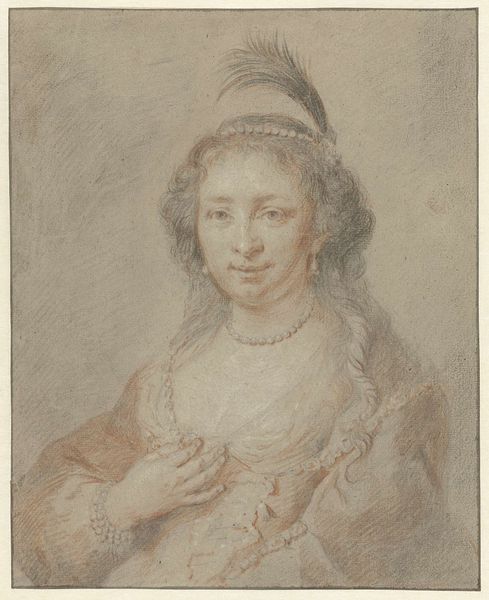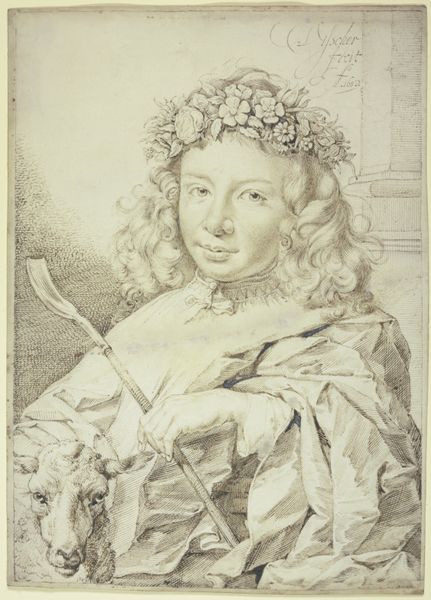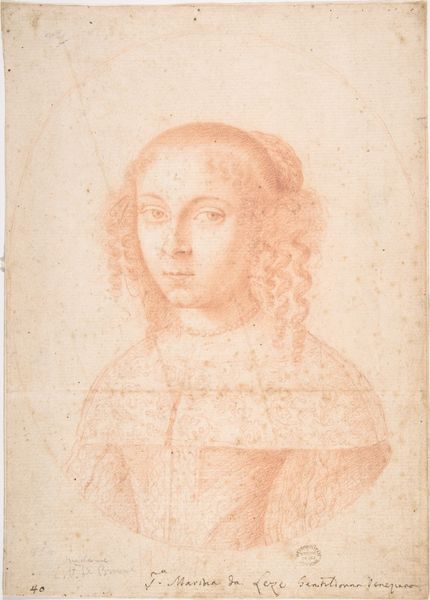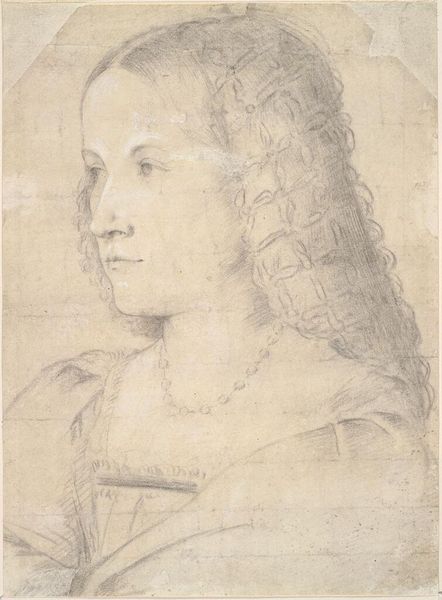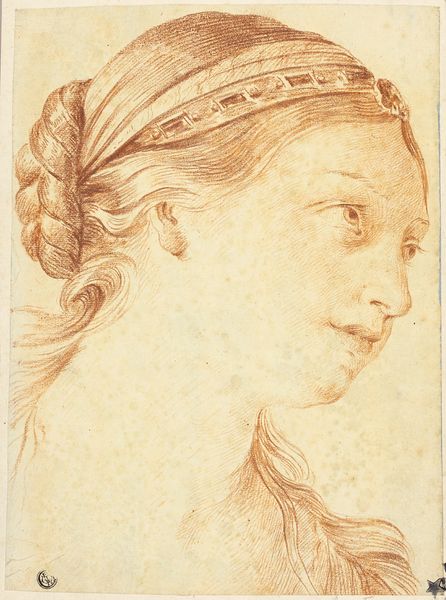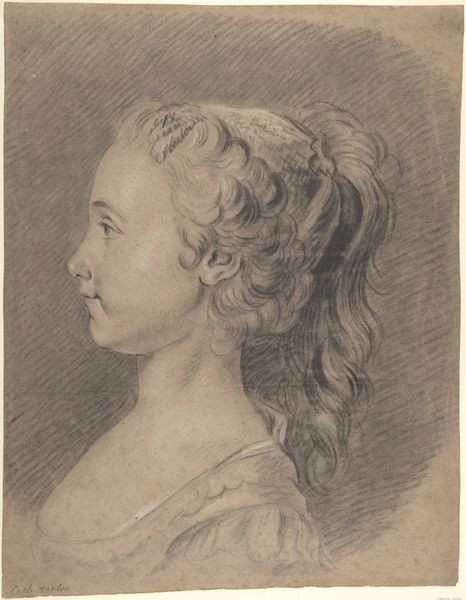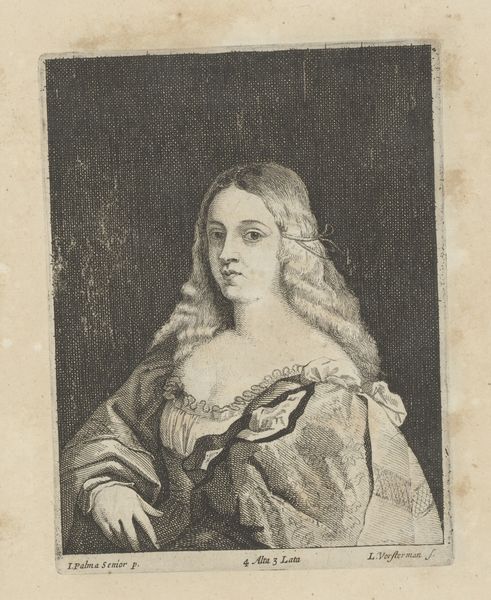
drawing, coloured-pencil, paper, pencil
#
portrait
#
drawing
#
coloured-pencil
#
baroque
#
dutch-golden-age
#
pencil sketch
#
paper
#
coloured pencil
#
pencil
#
portrait drawing
Dimensions: height 119 mm, width 94 mm
Copyright: Rijks Museum: Open Domain
This portrait of a girl was drawn in 1663 by Jan de Bray, using black chalk with touches of red chalk, on paper. De Bray's skill is evident in the way he uses the chalk to create a range of textures, from the soft, almost fuzzy quality of the girl's hair to the smoother surfaces of her skin and clothing. The choice of chalk as a medium is significant. It allowed de Bray to work quickly and spontaneously, capturing a sense of immediacy and liveliness in the portrait. Chalk is also a relatively inexpensive material, which may have made it accessible to a wider range of artists and patrons. This piece may have been a study for a larger painting or a work in its own right. Consider the social context: portraiture was becoming increasingly popular among the middle classes in the 17th century. This drawing reflects the changing attitudes towards art and patronage in Dutch society, where the emphasis was shifting from religious and aristocratic subjects to more secular and domestic themes. By focusing on the materials and making of this artwork, we gain a deeper understanding of its cultural significance, challenging the traditional hierarchies between different art forms.
Comments
rijksmuseum about 2 years ago
⋮
This girl is all dressed up. Two large pearls adorn her ears, and a strand of pearls is wound around her neck. Luxuriant corkscrew curls frame her head and cascade onto her shoulders. Jan de Bray drew this small portrait in 1663, which was a highly productive year for this artist from Haarlem. He had become famous as a portraitist and landed one commission after another.
Join the conversation
Join millions of artists and users on Artera today and experience the ultimate creative platform.



